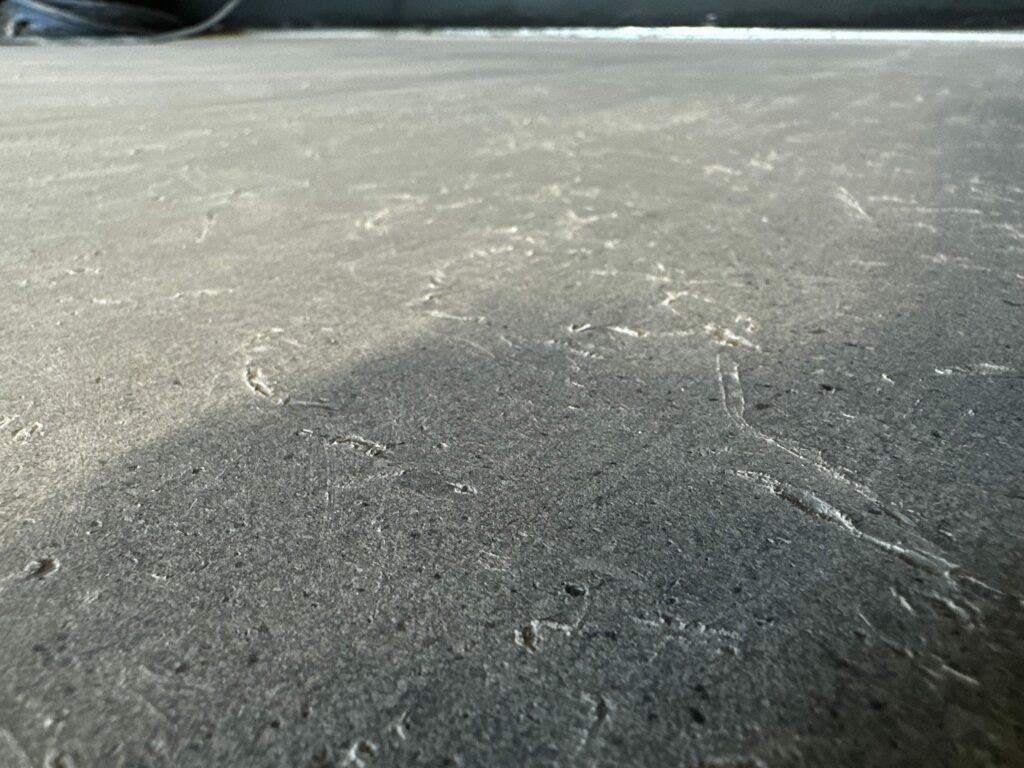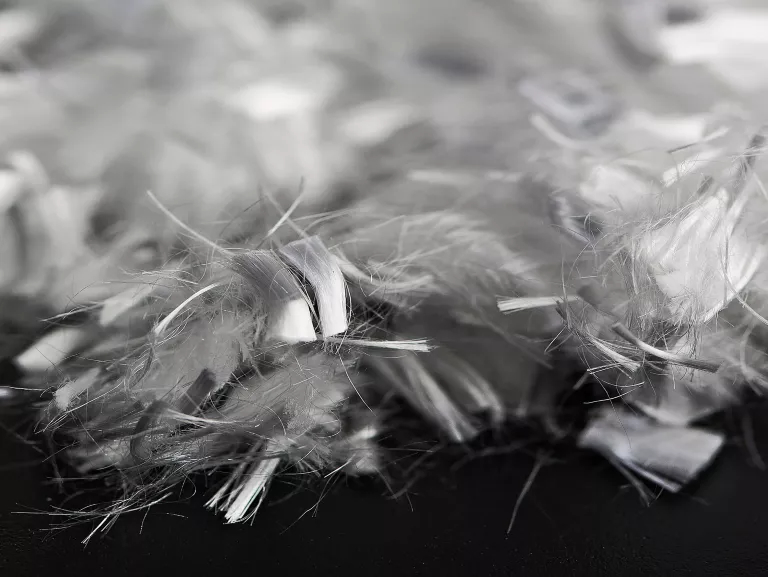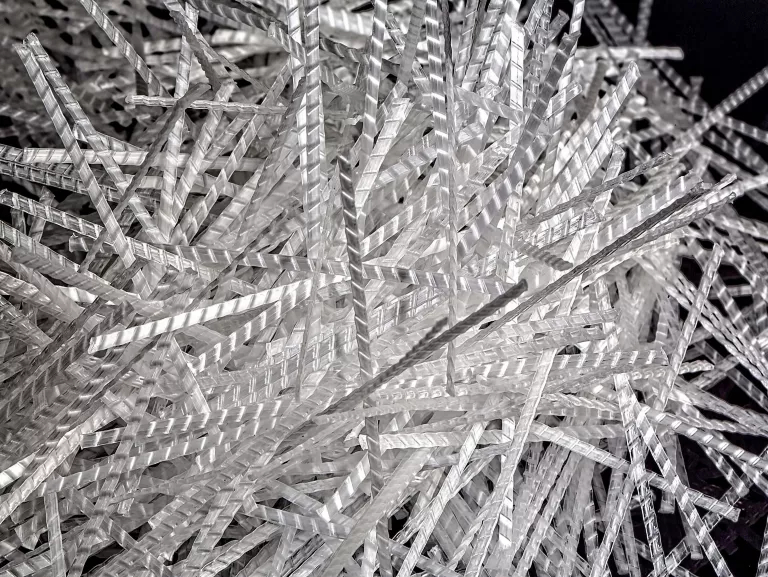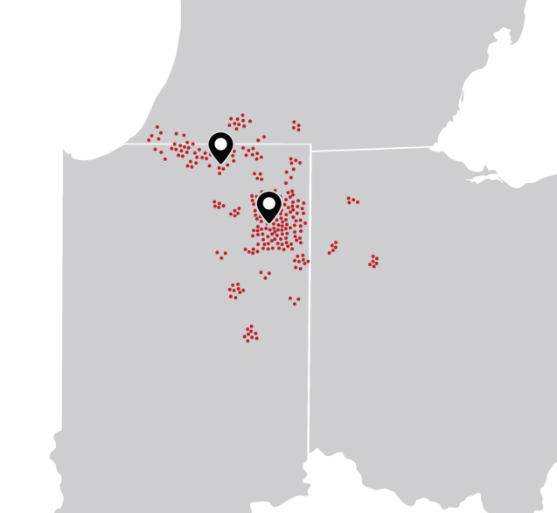When designing polished concrete floors, a common question we get is: will fibers affect the ability for the floor to be polished or epoxy coated?
To answer that question, let’s learn about the two most common fibers used in flatwork concrete construction: Micro Fibers and Macro Fibers.
Micro Fibers
Micro Fibers are smaller than 0.3 mm and are typically softer clumps of a material that help with shrinkage cracking. When floors installed with microfibers are polished, ground or epoxy coated, they can shear off during the polishing process, or torched off with a propane flame. This causes little to no problems with either polished concrete or epoxy coated surfaces.
Macro Fibers
Structural Macro Fibers are larger than 0.3 mm and are typically more rigid as they help with steel reinforcement replacements. When grinding or polishing floors with these types of fibers, we have found they are more likely to rip out of the surface. When this happens it leaves a void in the concrete where the fiber was previously located.
This type of floor will then need additional repair methods to get the floor to an acceptable finish. At Dancer Concrete Design, we would add a Grout Coat to our polishing process to make sure that BEST WORK gets delivered.

Above, you can see how the fibers have been ripped out during the grinding process. To deliver a smooth, even BEST WORK finish, these voids will need to be filled with a grout coat.
Our goal is to provide practical real-world examples of what we learn through our experiences. We understand that sometimes the practical purposes of fibers will take primary importance over an aesthetic concern. By knowing this upfront, clients, contractors and installers can all be better prepared for BEST WORK outcomes.
NEED MORE CLARITY?
Reach out for a quote and recommendations for your specific project’s needs, our Project Leaders are here for you to get BEST WORK for your floors.



